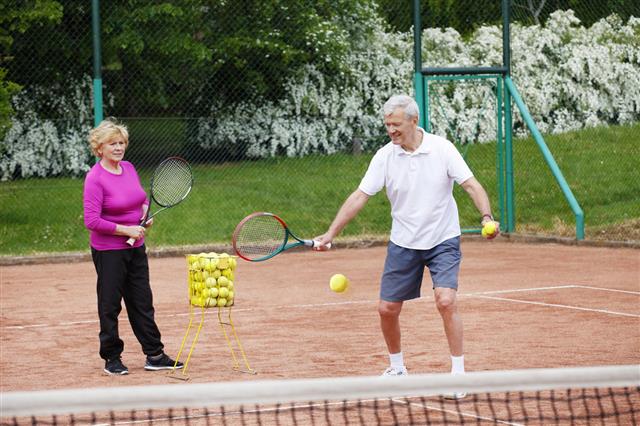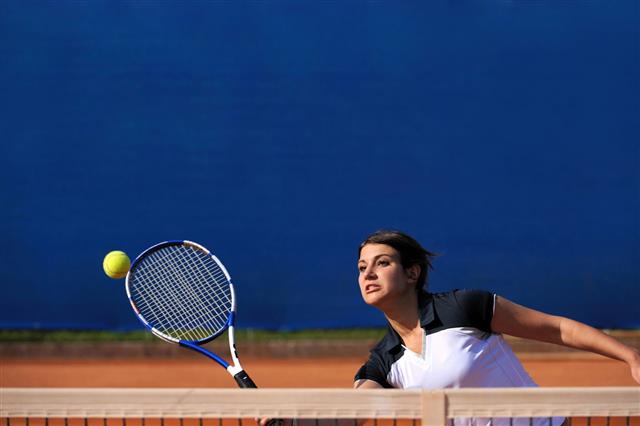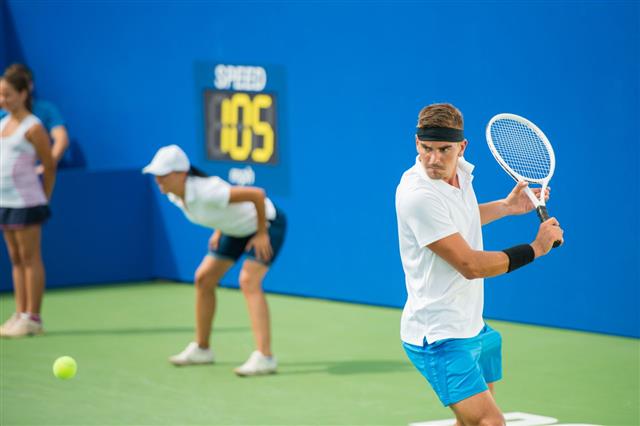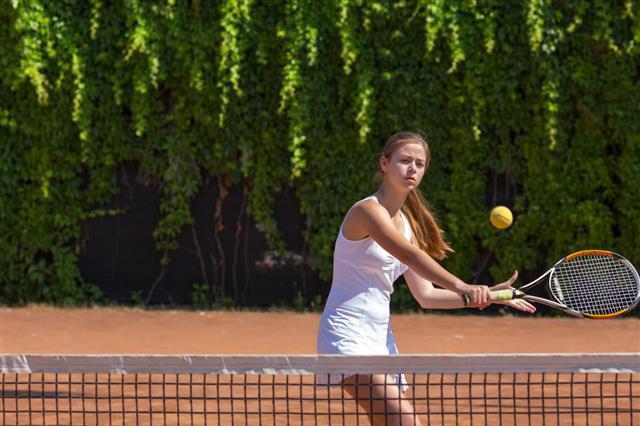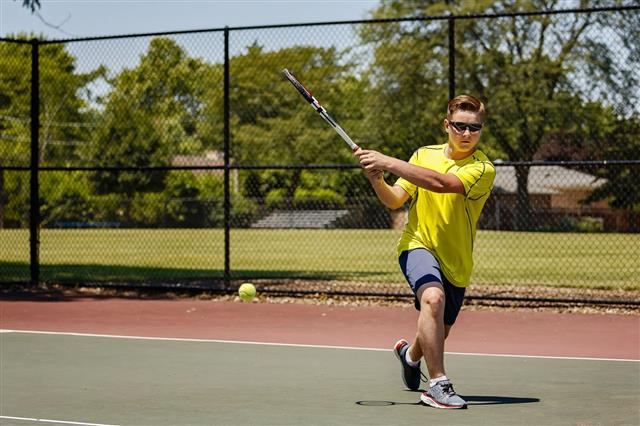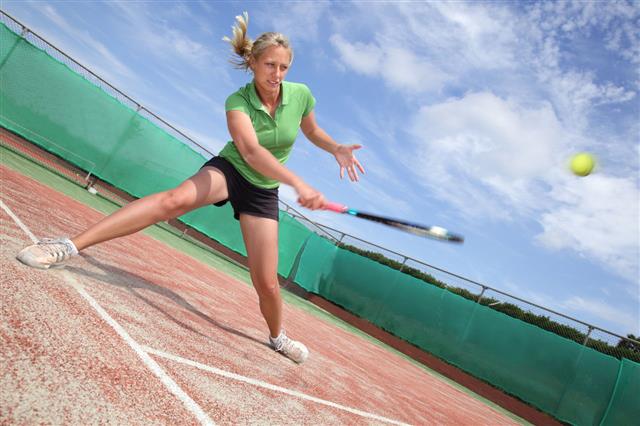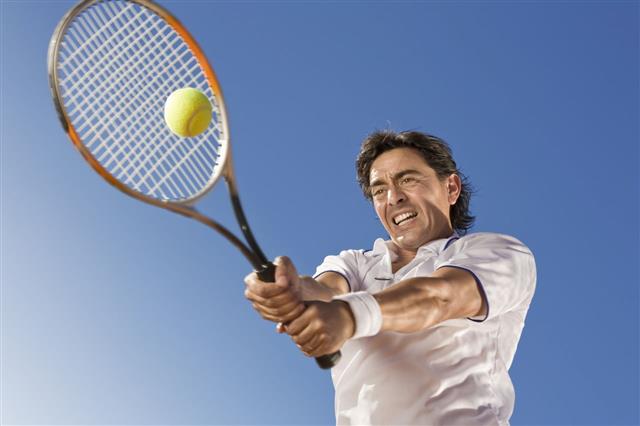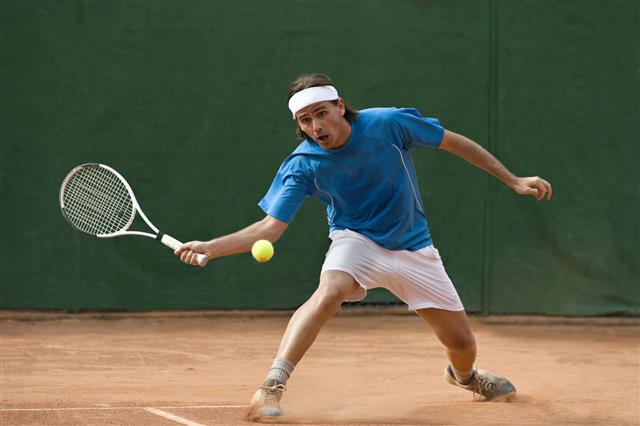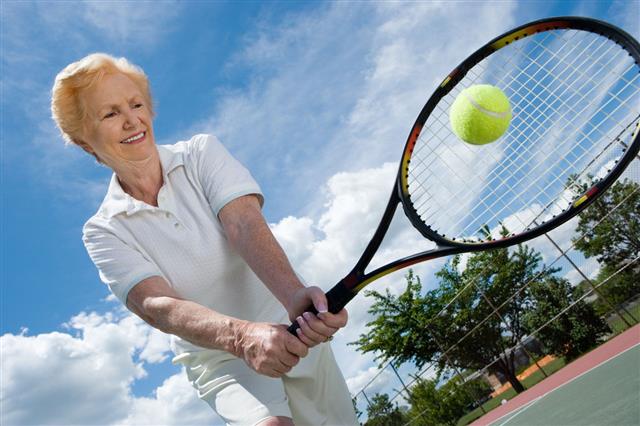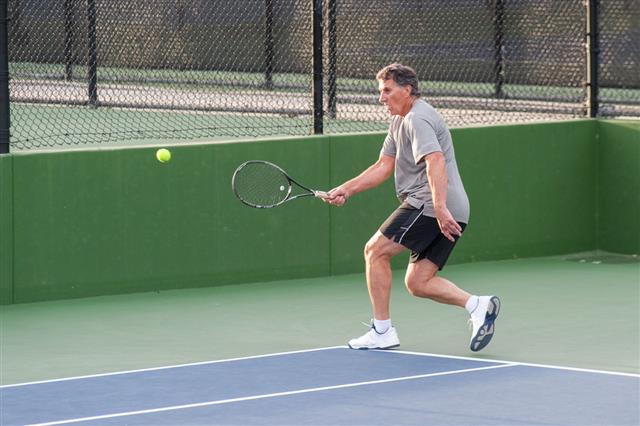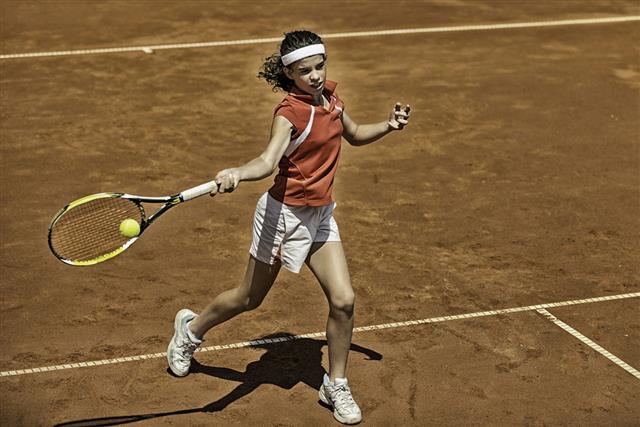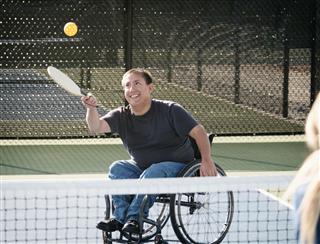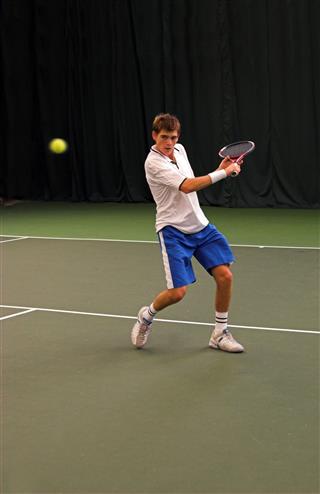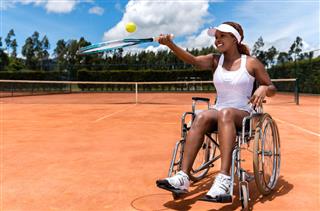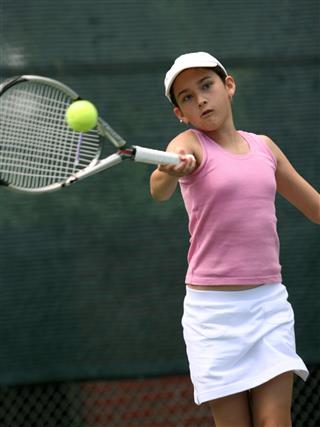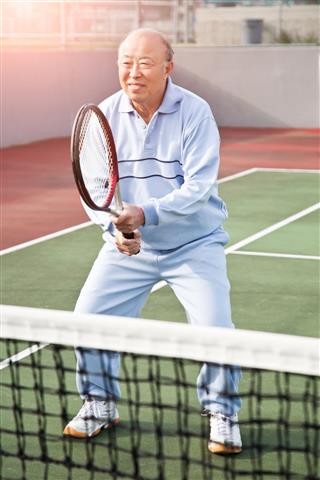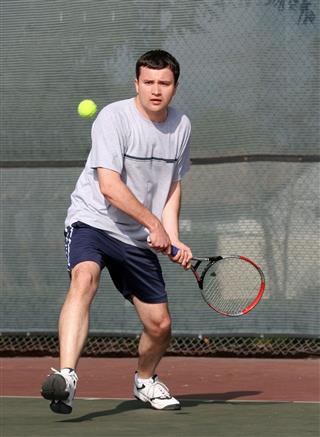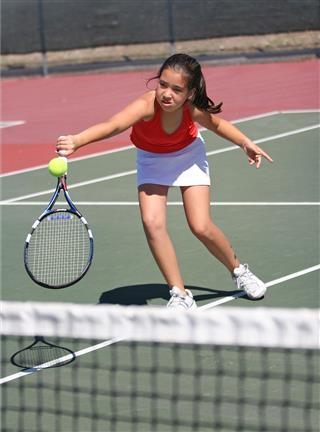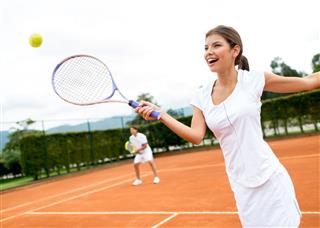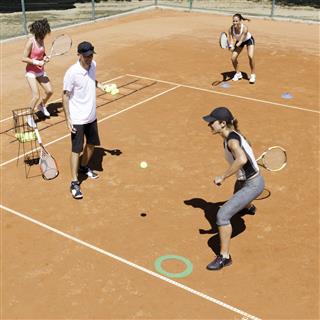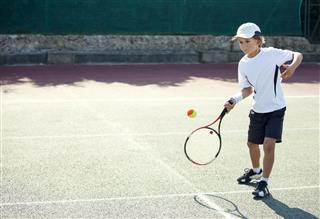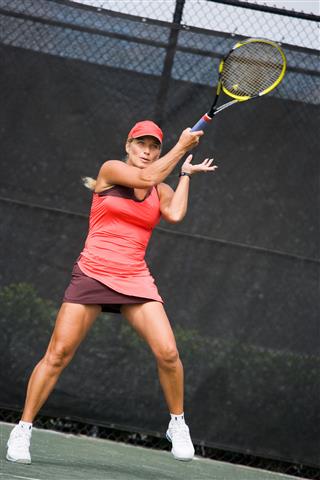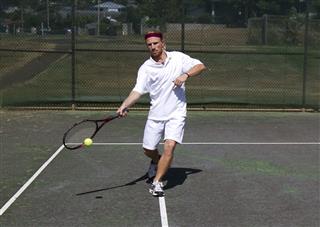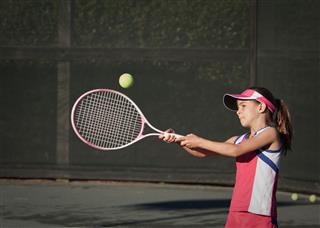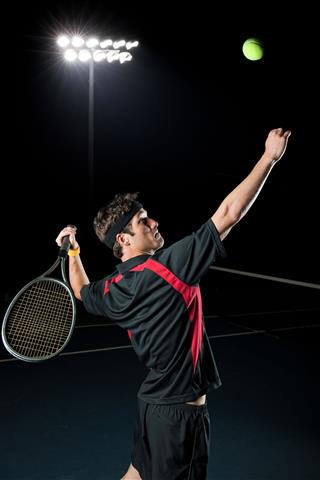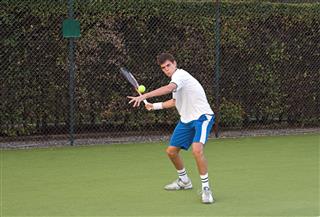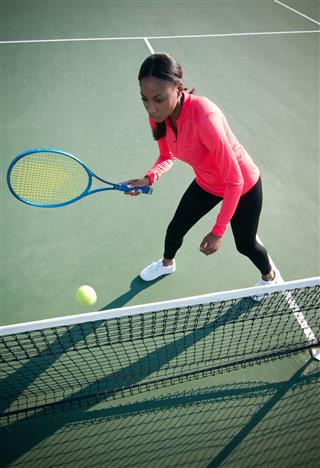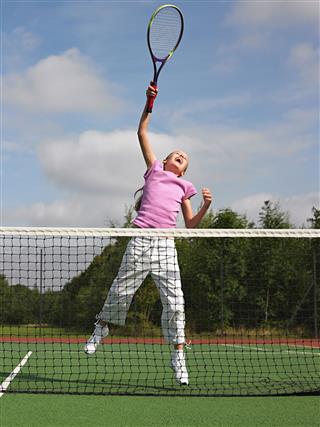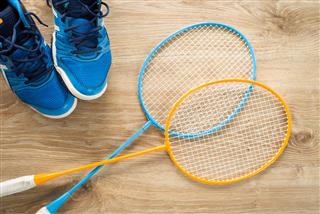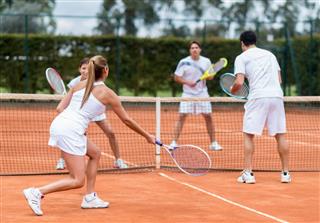
Paddle tennis is an outdoor sport resembling tennis, in which rackets are replaced by paddles. The United States Paddle Tennis Association (USPTA), the governing body for the sport in the United States, has put forth certain rules for paddle tennis.
Though it has striking resemblance to lawn tennis, paddle tennis is quite different from the popular sport. For starters, the court is smaller and the net is lower than the lawn tennis specifications. The court doesn’t have double lanes. Also, the string racket is replaced by a solid paddle. As it is played on a small court, paddle tennis requires more agility and quicker reflexes. Besides these, there also exist minor differences between the two sports. You will get familiar with them as you go through this summary of the rules of paddle tennis.
Paddle Tennis Rules and Regulations
Court and Net

✦ Going by the book, a paddle tennis court should be 50 feet in length and 20 feet in width. The distance from service line to service line should be 44 feet, with 3 feet on either ends demarcated as the service area. In West Coast paddle, a restraining line is drawn at a distance of 12 feet from the net. No player is supposed to cross this line before the player who is receiving the serve has struck the ball.
✦ The net used in paddle tennis is 22-feet long and 2.6-feet wide. The top of the net should be exactly 31 inches from the ground and 18 inches outside each sideline. More importantly, it should not sag more than an inch at the center.
Equipment and Attire
✦ In order to meet the requirements set by the United States Paddle Tennis Association (USPTA), the paddle should not be larger than 9½ × 18 inches in size. It should be made from some solid material, such as wood, and should not have strings in it.
✦ As with any other professional sports, proper court attire is a must in paddle tennis. The shoes should sport non-marking rubber soles.
✦ The ball used should be a pressurized tennis ball, which should be punctured to reduce its internal pressure. According to the rules put forth by the USPTA, when this ball is thrown from a height of 6 feet, the bounce should not be less than 31 inches or more than 33 inches.
Gameplay
✦ The player who wins the toss, or paddle spin, gets to choose between the side and serve. In case the player chooses the side, the opponent gets to serve, and if the player chooses to serve, the opponent gets to choose the side.
✦ The player is allowed to serve only once, and in the event of a fault, he loses a point. The service is regarded as a fault when the server misses the ball while attempting a serve, or the ball touches the net when served. The player can either toss the ball in the air or bounce it behind the base line on the court while serving, but the method once chosen has to be used for the entire set.
✦ When serving, the player should not strike the ball at a height of 31 inches or more. Similarly, no part of his body should cross the baseline; doing this will be considered a foot fault and he will lose a point. At the end of each game, there is a role reversal. The receiver becomes server, while the server becomes the receiver.
✦ In singles matches, when the serve is returned, the server has to wait for the ball to bounce before returning it back. Similarly, in doubles matches, only one player should strike the ball. If both the players do, it amounts to fault. The point gained by a player when the ball falls exactly on the line or touches the line is called a good ball.
Scoring
✦ If the rules of paddle tennis have any similarity with that of lawn tennis, it is in the scoring department. The first point is called 15, second point 30, third point 40, while the fourth point is game. In order to win a set, the player should have a lead with a margin of two games over his opponent. The match is usually best of three sets.
✦ At the end of each odd game, the players are supposed to change sides. There can either be an 8 game pro-set or best of three in a standard six-game set. Breaks of 60 seconds when changing sides, 10 minutes between 2nd and 3rd set, and 15 seconds between points are allowed. Unnecessary delays, on the other hand, can result in disqualification.
✦ If the set points reach 6 all, 8 all, or 12 all, then there is a tie breaker. In such a case, the player who reaches 7 games in the 6-set format, 9 games in the 8-set format, or 13 games in the 12-set format, with a margin of two games, is declared the winner.
The most important thing in any sporting event is the sportsman spirit. Hence, it is important that the players abide by the rules and regulations of the game to ensure that the competition is free and fair.

